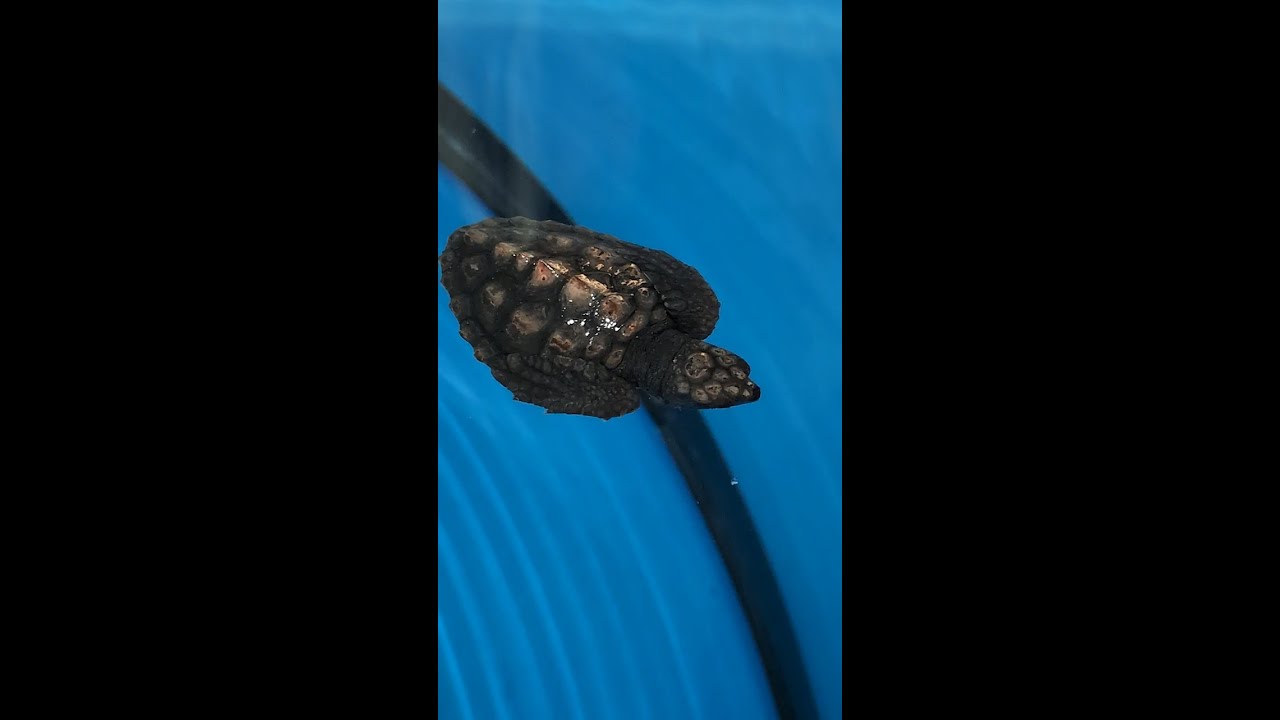- Sea turtle money: Understanding the concept and its significance in wildlife conservation economics.
- The biological and ecological importance of sea turtles and their role in marine ecosystems.
- Conservation strategies employed to protect sea turtle populations and their habitats.
- The impact of human activities on sea turtles and the importance of sustainable practices.
- The role of zoos, aquariums, and wildlife organizations in the education and conservation of sea turtles.
The concept of "sea turtle money" might sound curious at first, but it represents a profound connection between conservation economics and wildlife preservation. This term encapsulates the financial value assigned to the conservation efforts focused on sea turtles, aiming to sustain their populations and maintain the health of marine ecosystems. The study and application of conservation economics involve quantifying both the tangible and intangible benefits of preserving wildlife. The term itself stems from a recognition of the essential services and ecological roles sea turtles play, justifying investments in their protection.
Sea turtles are ancient marine reptiles that have existed for over 100 million years. They are vital to ocean ecosystems, contributing to the health of seagrass beds, coral reefs, and the overall marine environment. Seven species of sea turtles inhabit our oceans: the green, loggerhead, leatherback, hawksbill, Kemp’s ridley, olive ridley, and flatback. Each plays a unique role in its ecosystem, from maintaining healthy coral reefs to supporting life cycles of several marine species. Conservationists emphasize the need to protect these creatures, not only for their intrinsic value but also for the significant ecological functions they perform.
Effective sea turtle conservation requires a multifaceted approach, addressing threats both on nesting beaches and in the sea. Habitat protection is paramount. Many organizations work tirelessly to reduce illegal poaching of eggs and adult turtles. Conservationists employ measures like beach patrols and nest protection to safeguard turtle eggs. In-water conservation tactics include mitigating bycatch in fisheries, reducing marine pollution, and establishing marine protected areas. Over the years, technological advancements have facilitated these efforts, with satellite tracking providing critical data on migration patterns, enabling more targeted protection strategies.
Human activities pose significant threats to sea turtles. Coastal development disrupts nesting habitats, while pollution, particularly plastic waste, endangers turtles at all life stages. Climate change also affects sea turtle populations through rising sea levels, extreme weather, and temperature changes influencing sex ratios of hatchlings. Therefore, integrating sustainable practices across industries and communities is crucial. Sustainable fishing, responsible coastal management, and reduction in plastic waste are vital steps forward.
Zoos and aquariums play an instrumental role in sea turtle conservation and education. They provide safe havens for rehabilitating injured turtles and contribute to breeding programs for endangered species. These institutions serve as educational platforms, raising public awareness about the challenges sea turtles face and the need for conservation efforts. Partnerships between zoos, aquariums, and wildlife organizations foster research, providing valuable insights into sea turtle biology and ecology. Public engagements and educational programs help shape a generation that respects and actively supports marine conservation efforts.
In rethinking the intersection of economics and conservation, we regard sea turtle money as an investment in preserving both biodiversity and the economic health of coastal communities. Protecting these majestic creatures ensures the continued vitality of marine habitats, benefiting not just turtles but the myriad forms of life that depend on healthy oceans. Through collaborative efforts between scientists, conservationists, governments, and local communities, we can aspire to secure a future where sea turtles thrive, and the services they provide to our planet remain intact.
Understanding the complex interactions within marine ecosystems is essential for formulating effective conservation strategies. Sea turtles, with their migratory nature, act as key connectors, facilitating nutrient transfer across vast oceanic distances. They also attract ecotourism, a vital aspect of sea turtle money, injecting funds back into conservation and helping to sustain local economies. Tourism centered around observing sea turtles must be carefully managed to prevent disturbance and degradation of their habitats. Responsible tourism practices ensure minimal impact on the turtles while maximizing awareness and support for ongoing conservation efforts.
Sea turtles are indicators of ocean health, offering insights into the broader state of marine environments. Their populations reflect changes in oceanic conditions, serving as early warning signs for larger environmental issues. Efforts to conserve them naturally align with broader environmental policies and sustainability goals. International collaborations and treaties, such as the Convention on International Trade in Endangered Species (CITES), play pivotal roles in protecting sea turtles by regulating trade and encouraging conservation investment.
Education is a cornerstone in the fight to save sea turtles. Integrating sea turtle conservation into academic curricula fosters an educated populace committed to protecting these animals and their habitats. Community-based conservation programs empower local populations to take ownership of conservation efforts, creating lasting impacts. These programs often involve local traditions and knowledge, embracing approaches that respect cultural values while reinforcing the imperative of environmental stewardship.
Investment in research is crucial for advancing conservation methodologies. Scientific studies on sea turtle behavior, physiology, and genetics lead to more effective management practices and enhance our capacity to respond to emerging threats. For instance, understanding the effects of ocean temperature on hatchling success has implications for predicting future population dynamics. Continuous research is vital to adapt conservation strategies to changing environmental and social contexts.
Finally, empowering global citizens to participate in conservation efforts is essential. Volunteer programs and citizen science projects provide opportunities for individuals to contribute to sea turtle research and protection actively. These initiatives foster a sense of responsibility and connection, encouraging people to advocate for policies that prioritize environmental sustainability and conservation funding. The journey to safeguard sea turtles and their ecosystems is ongoing, requiring unwavering commitment and collaboration across sectors. Through informed actions and conscientious engagement, we can hope to keep sea turtles as vital architects of ocean health for generations to come.
*****
Source Description
#jokes #memes #funny #lol #joke #funnyvideos #haha #jokesfordays #sundayfunday #dadjokes #NCAFF🤣


